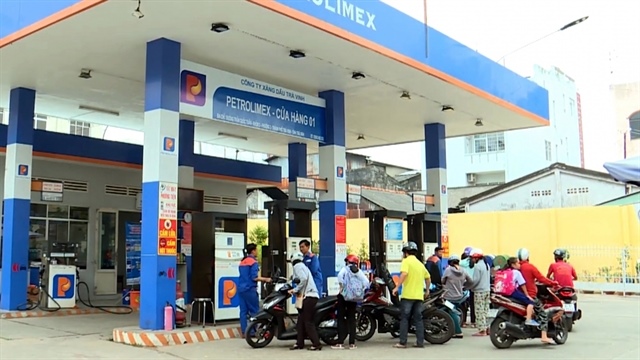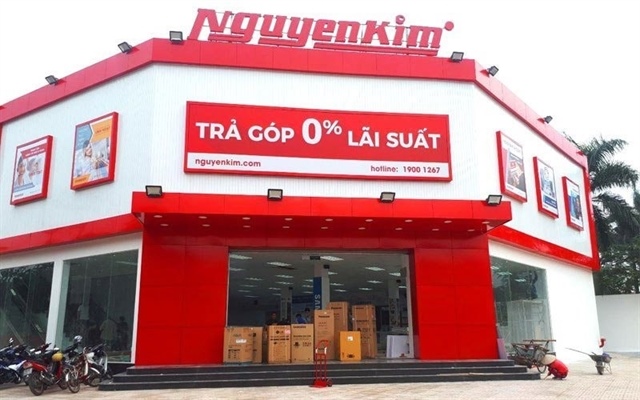Top robusta grower Vietnam poised for lowest crop since ‘06
Top robusta grower Vietnam poised for lowest crop since ‘06
The coffee harvest in Vietnam, the biggest grower of robusta beans used by Nestle SA (NESN) in instant drinks, may drop to an eight-year low because of drought in the main growing regions, boosting prices to the highest since 2011.

Production may plunge as much as 30 percent to 1 million tons in the 12 months starting October from 1.43 million tons this year, according to the median of eight trader and shipper estimates compiled by Bloomberg. That would be the smallest since 2005-2006, according to U.S. Department of Agriculture data. The decline will be at least 10 percent, the survey shows.
A lower crop in Vietnam would cut supplies from Asia where exports from Indonesia, the third-largest shipper, are falling because of higher domestic consumption. Global usage of robusta has expanded as processors shifted from costlier arabica beans, brewed by Starbucks Corp. (SBUX), says Macquarie Group Ltd. Buyers of the Vietnamese variety are paying a larger premium as sales come to “a complete stop” on speculation prices will rise amid the drought, according to Volcafe Ltd.
“There’s a very high chance of a poor crop with this dry weather,” said Mai Ky Van, deputy director at October Coffee- Cocoa One Member Ltd. “If it doesn’t rain in the next 20 days or so, damage will be huge,” said Van, whose company is accessing water from reservoirs far from its plantations.
Futures on NYSE Liffe in London may climb 13 percent to $2,450 a ton by the end of the year, according to the median of six trader and shipper estimates in a separate survey. Robusta was last at that level in July 2011
Discount shrinks
Robusta discount to arabica slumped to 40.67 cents per pound on March 13, the lowest level in four years, and was at 41.54 cents a pound yesterday as robusta climbed 12 percent this year and arabica fell 2.9 percent on ICE Futures U.S.
A 30 percent drop in production was also forecast by Luong Van Tu, chairman of the Vietnam Coffee & Cocoa Association on March 10. Tu didn’t give a specific output estimate.
Drought in the central region covering five coffee-growing provinces, including top producer Dak Lak, will continue and may become more severe, the National Center for Hydro-Meteorological Forecasting said March 5. Water levels at rivers in the region will “fall slowly” in the 10 days through March 20, the center said March 11. Trees usually flower starting January and most would have formed fruits by now, growers say.
“My next crop will decline for sure,” said Dang Xuan Tap, 49, a Dak Lak farmer who started growing coffee in the 1990s. “I’m worried that the drought this year could be as bad as the one in 2004,” he said. The harvest that year was 870,000 tons, according to USDA data.
Sales halt
Tap, who has 1 hectare of plantations, expects to harvest 2 tons to 3 tons of beans from the next crop, compared with 4 tons this year. He’s held back half the output since the Tet New Year holiday which ended about a month ago as prices advanced.
In Dak Lak province, which supplies about a third of Vietnam’s crop, the beans cost 45,400 dong ($2.17) a kilogram (2.2 pounds) yesterday, up 19 percent this year, data from the Daklak Trade & Tourism Center show. Prices rose to 45,500 dong on March 11, the highest since September 2011.
Beans from the country for shipment in April and May were at a premium of $50 a ton to the futures price on NYSE Liffe, said Volcafe, the coffee unit of commodities trader ED&F Man Holdings Ltd. That was double the $25 premium a week earlier, the Winterthur, Switzerland-based trader said in a report e- mailed on March 8.
Fewer shipments
Farmers may have sold 57 percent of the current crop, less than 60 percent a year earlier, as they sought higher prices because of the drought and the decline in shipments from Indonesia, according to a Bloomberg survey published March 7.
Exports from Indonesia may drop to a two-year low as increasing domestic consumption erodes supplies from a record harvest, a survey showed Feb. 28. Shipments will total 450,000 tons in the 12 months starting April 1. That’s 7.4 percent less than sales of 486,000 tons this year, USDA data.
Global robusta usage rose 11 percent in the 12 months to September as arabica consumption fell 6.2 percent, Macquarie said in January. Instant-coffee demand will grow 6.5 percent from 2012 to 2017, more than the 6 percent forecast for the roast and ground market, J. Ross Colbert, global strategist of beverages at Rabobank International, said on March 5.
bloomberg


























